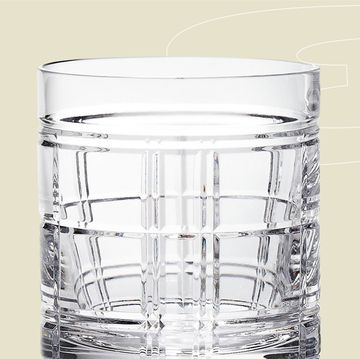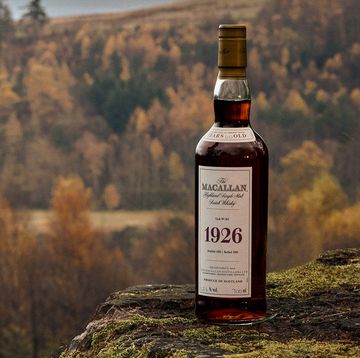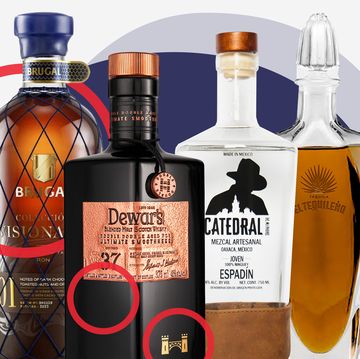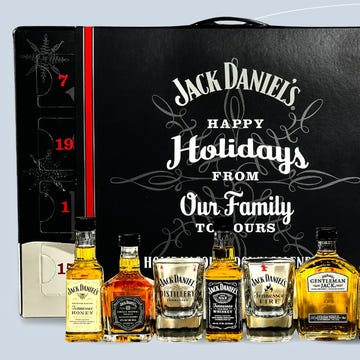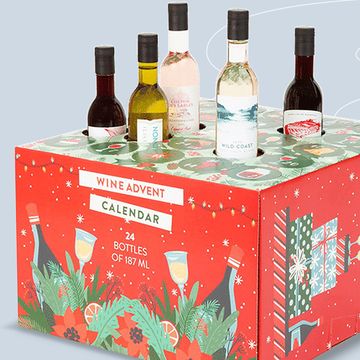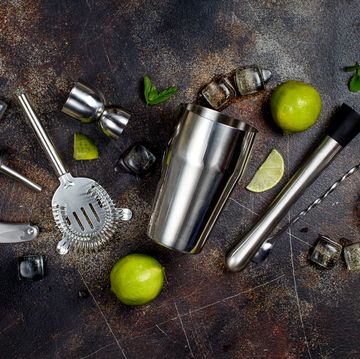Every product was carefully curated by an Esquire editor. We may earn a commission from these links.
Why a Great Label Can Make or Break a Beer
In which we survey the recent craft beer boom, from the classic to the truly outlandish.

Like a lot of the books hitting stores these days, Oh, Beautiful Beer (The Countryman Press) started out as a blog. But the musings shared by Harvey Shepard, a writer and graphic designer based in Seattle, weren't quotidian: The recent craft beer boom impressed him, in no small part thanks to breweries' labels and logos. Shepard took it upon himself to form a sort of visual history of beer, and for anyone who loves good design (and good beer, naturally), it's a sight to behold. Here, we reprint a few of his favorites, curated from brewers around the world. — Jill Krasny

In Defense of the Red Bull Vodka
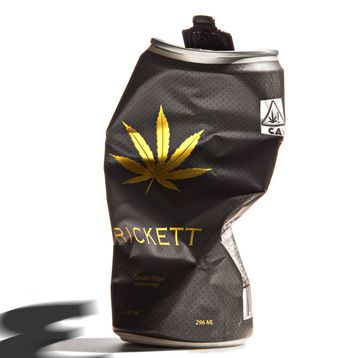
The Best THC Drinks for a Happy Hour High
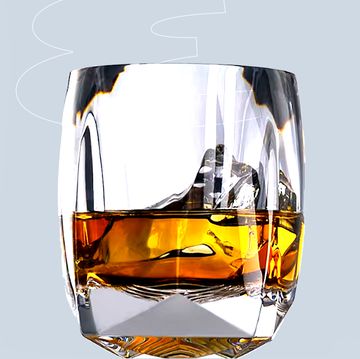
29 Can't-Fail Gifts for Whiskey Enthusiasts

9 Irish Beers That Go Beyond Guinness

